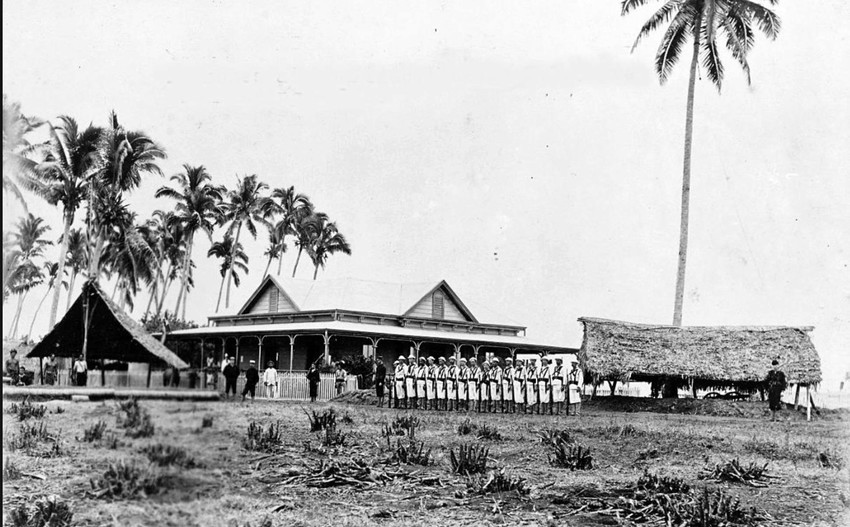Since gaining independence in 1776, the United States and Britain have historically had a tumultuous relationship, including a war between the two nations in 1812.
However, not widely known is the fact that in Easter 1899, the US and Britain joined forces to bomb, machine-gun, and occupy Samoa. Over the course of three months, hundreds, and possibly thousands, of Samoans, including women and children, were killed by Anglo-American forces. This grim chapter in Samoan history remains largely untaught, as London and Washington were able to exploit divisions among Samoans and arm them against each other.
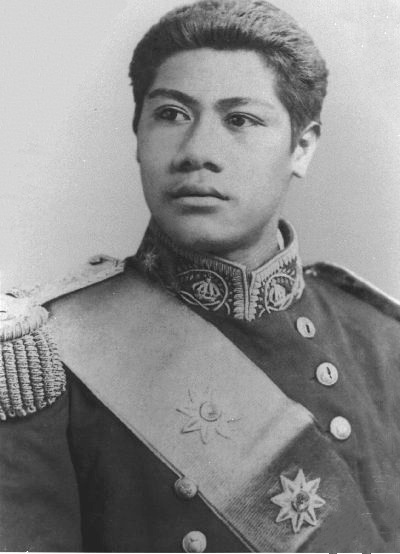
One key factor in this conflict was the absence of a “king” or “queen” in Samoa during the 19th century, which proved inconvenient for colonial powers seeking to establish control over the country. Imperial Germany took the lead, but London and Washington quickly followed suit. In early 1899, the Anglo-Americans handpicked a 20-year-old man, who recently graduated from school in New Zealand, to be the king – the newly appointed Malietoa Tanumafili.
Interestingly, the Germans favoured an older candidate, 67-year-old Mata’afa Iosefa, who had previously led an ambush that resulted in the killing of up to 30 German marines outside of Apia, at a place called Vailele, eleven years prior. However, alliances shifted, and Berlin shifted its preference to Mata’afa, who also enjoyed greater support among Samoans, boasting a five-to-one advantage in armed men over Malietoa. This led to devastating warfare with deep-seated animosity on both sides, particularly in Upolu.
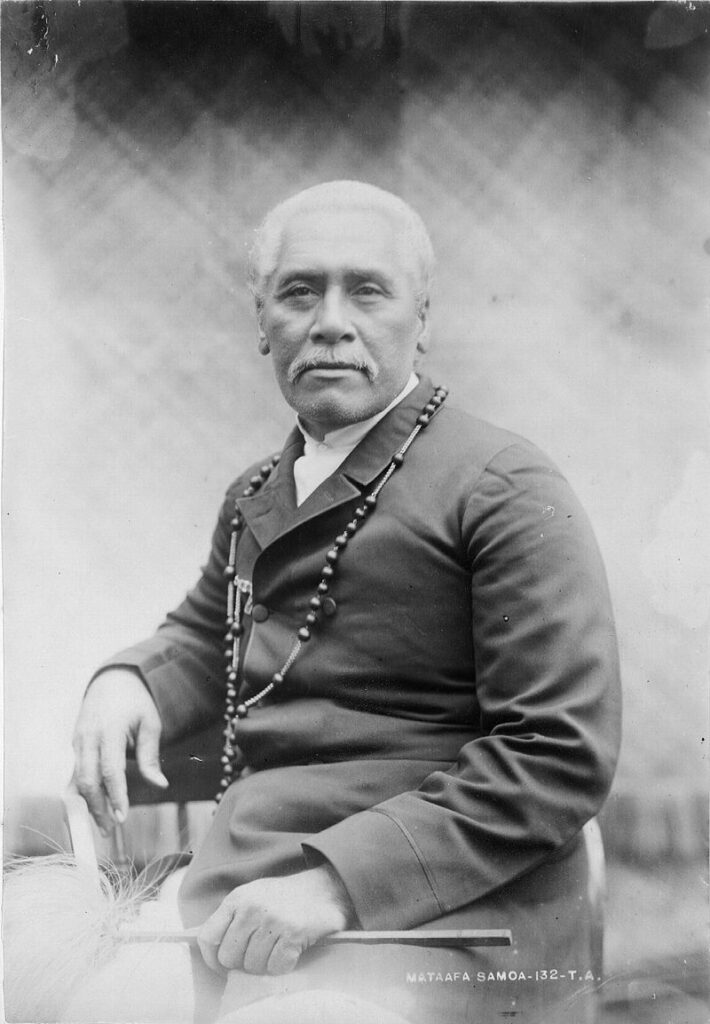
Despite Malietoa being named king, Mata’afa seized Mulinu’u and established a “provisional government.” This led to clashes between Malietoa and Mata’afa, and the foreign powers controlling Apia called for the intervention of gunboats. The German Navy’s Falke, painted in white, played the role of a neutral party against the Royal Navy’s Tauranga, Porpoise, and Royalist. Malietoa sought protection aboard Porpoise, while the 4324-ton cruiser USS Philadelphia arrived with Rear Admiral Albert Kautz, the Commander-in-Chief of the US Pacific Squadron.
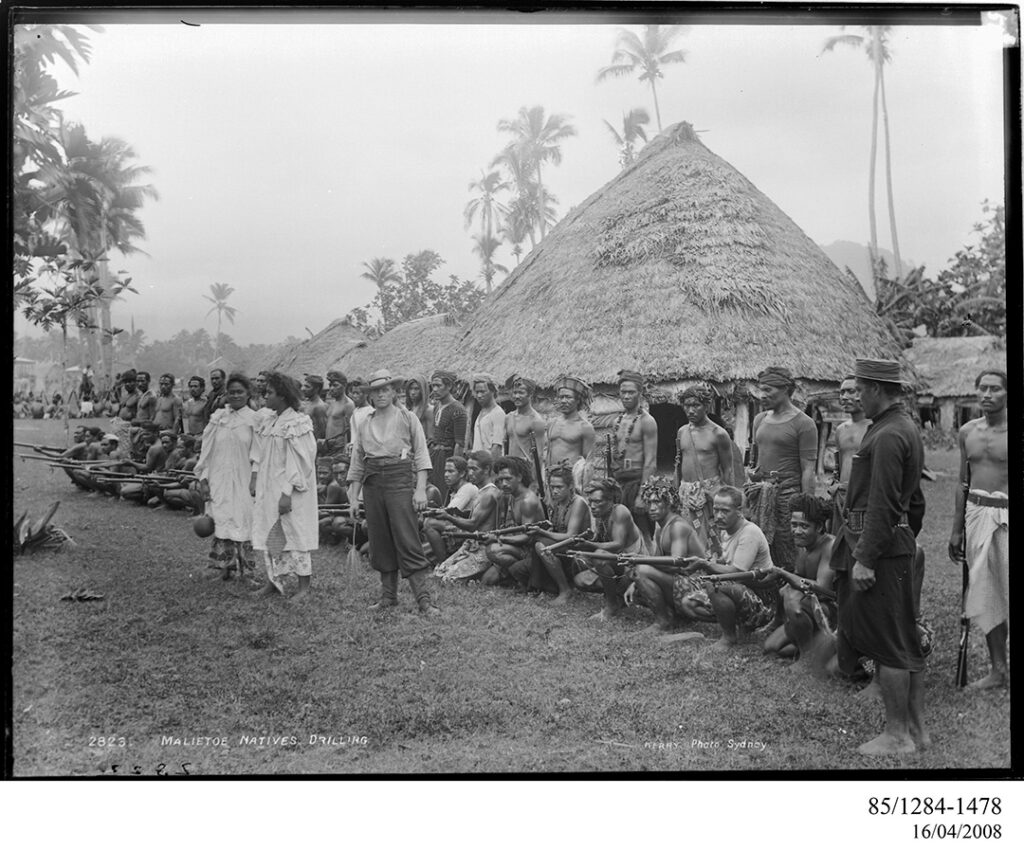
As the highest-ranking officer in Samoa, Admiral Kautz assumed command. It is worth noting that the arrival of the US coincided with the growing influence of Admiral Alfred Thayer Mahan’s book “The Influence of Seapower Upon History,” which argued that empires flourished by ruling the seas rather than controlling large land areas. This was the driving force behind the US annexation of Hawaii, and Samoa was the next target.

Admiral Kautz denounced Mata’afa’s “provisional government” as “revolutionary and subversive of the legal government” and demanded that Mata’afa either go home or face bombing. Mata’afa relocated from Mulinu’u, not out of compliance with Kautz’s demands, but because his position was untenable with warships in close proximity. He moved two kilometres west, across Vaiusu Bay, to establish his headquarters in Vaiusu.
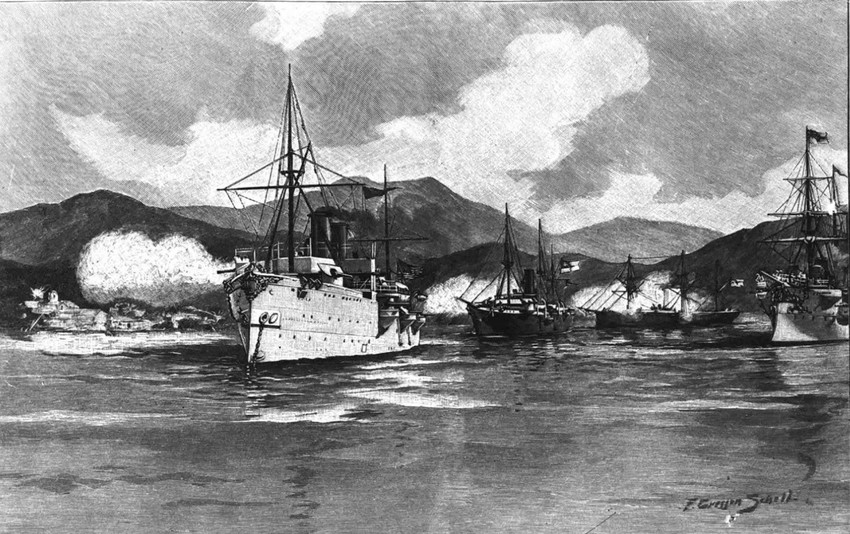
The shelling of Samoa began on March 15th when Admiral Kautz gave the order to open fire. A six-inch shell from the USS Philadelphia landed in Vaiusu, passing over Mulinu’u. The third shell from Philadelphia destroyed a canoe near the village, with no record of what happened to the people inside. After forty-five minutes of firing, Philadelphia’s salvoes ceased, and the English and American residents of Apia were left in shock and disbelief at the destruction unfolding before their eyes. The once-peaceful town of Apia was now engulfed in chaos and devastation, as the aftermath of the shelling became painfully evident. The cries of anguish and desperation echoed through the air as survivors scrambled to assess the damage and provide aid to those in need. The events of that fateful day would forever leave a scar on the history of Samoa, serving as a sombre reminder of the horrors of war and the fragility of peace.
Source: Michael Field
Renowned reporter Michael Field has dedicated a significant portion of his illustrious career covering the South Pacific. With a portfolio that includes works such as “Speight of Violence,” delving into Fiji’s tumultuous 2000 coup, and “Swimming with Sharks,” a captivating collection of stories from the Pacific region, Field has established himself as a seasoned journalist. His latest publication, “The Catch,” sheds light on the controversy surrounding the global and New Zealand fishing fleets. Remarkably, Field was born in Wellington on the very day Sir Edmund Hillary conquered Mt Everest’s summit, adding an intriguing personal touch to his already impressive resume.



